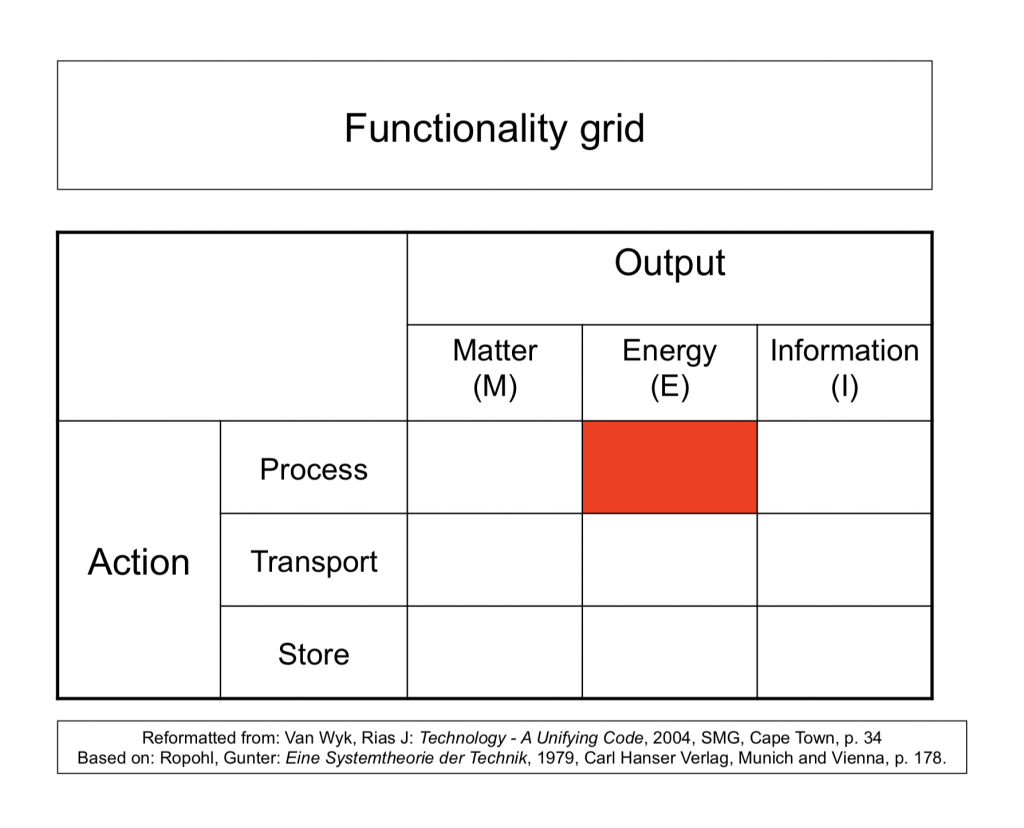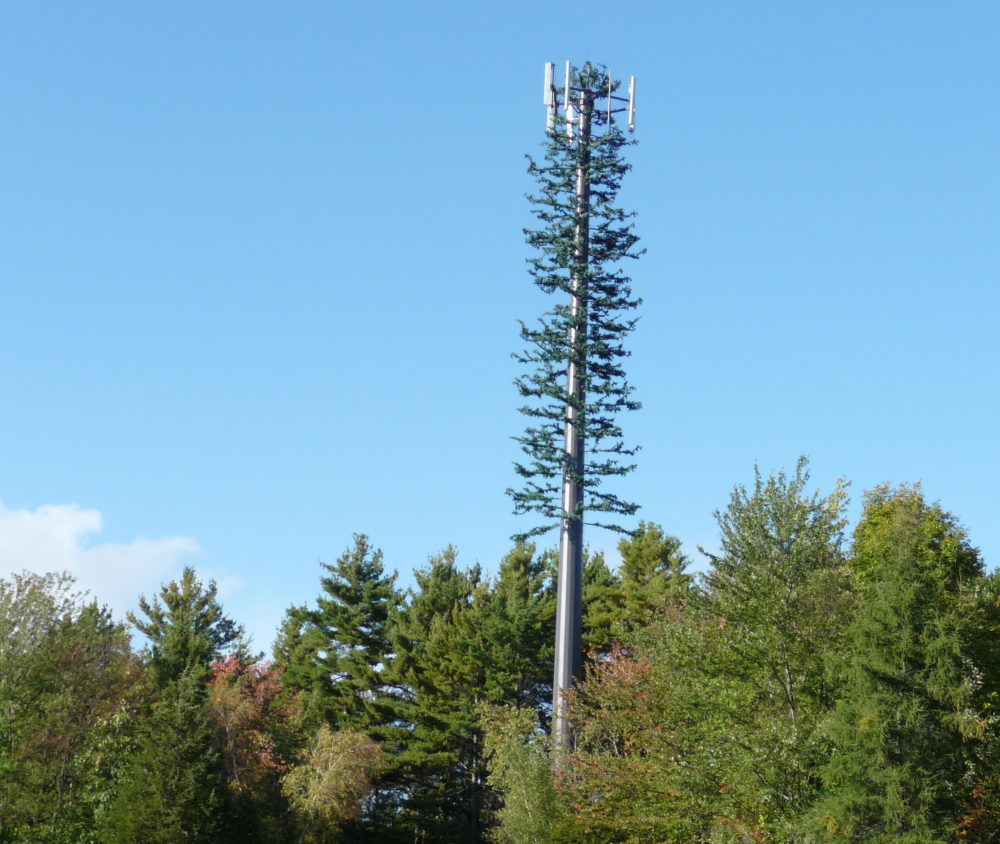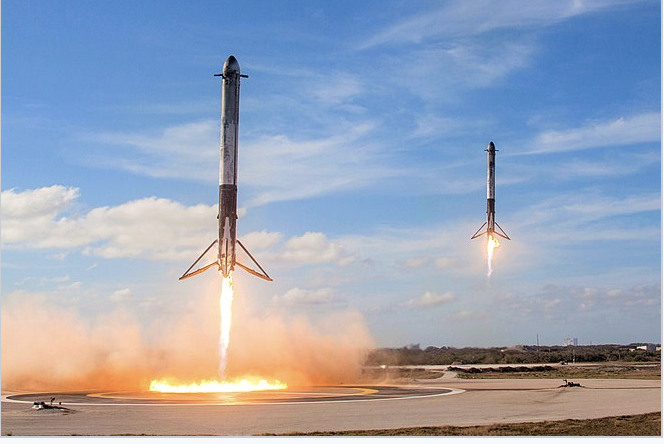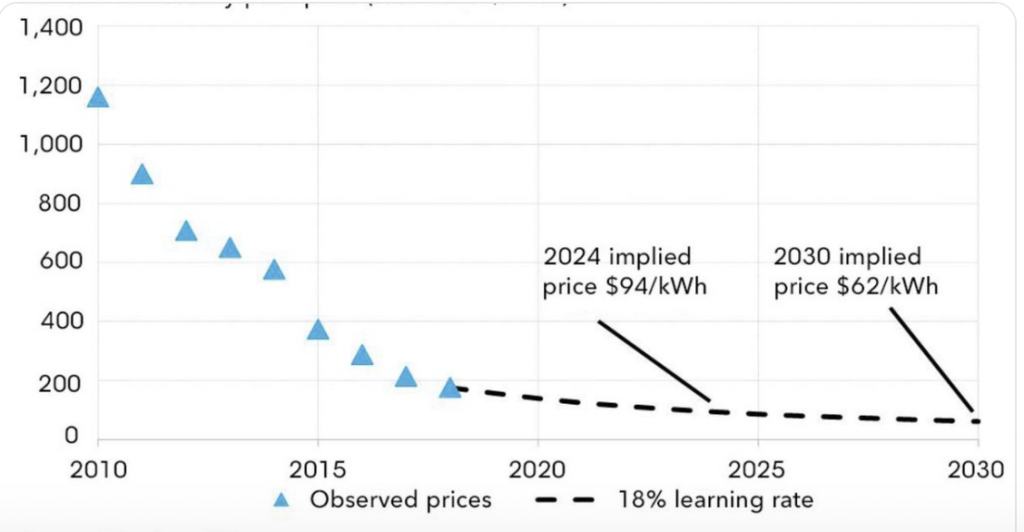
A new way of creating water reserves in arid areas could contribute to greater water availability.
Artificial glaciers in high mountain areas, such as the Himalayas, are regarded as a #TechnologyLandmark for use in an #OmegaMap.
The information presented here is based on an interview with engineer Sonam Wanchuck on the website Mashable, August 23, 2020.
The locus of innovation is a new Principle of Operation. Water is sourced from streams during the wet months and stored in pipes that build gravity pressure. In the dry months the water is released, shoots up and freezes immediately into cones of ice. These cones, called stupas, are 100 feet high. Because of their shape they do not melt until late spring and provide water for half of the arid times. Sonam Wanchuk plans to build 20 more artificial glaciers. The research was funded by a grant from the Rolex Foundation
The effect of this innovation is to improve the Functionality : Process-Matter. Its position is indicated on the Functionality Grid. (See diagram below).
The dominant Functional Performance Metric is an increase in the ratio; months with water availability to arid months.
The Technology readiness level on a scale of 1 to 9 is estimated at TRL 5: i.e., “Technology validated in relevant environment”.
Technical terminology is covered in: Van Wyk, Rias, (2017) Technology: Its Fundamental Nature, Beau Bassin, Mauritius, LAP LAMBERT Academic Publishing, (http://amzn.to/2Avsk3r)
For descriptions of:
- Technology Landmark; pp. 83-84, Diagram 11.1, Stage 3
- Principle of operation; p. 20
- Functionality; pp. 24-25
- OmegaMap; pp. 92-93
- Functionality Grid; pp. 29-32














